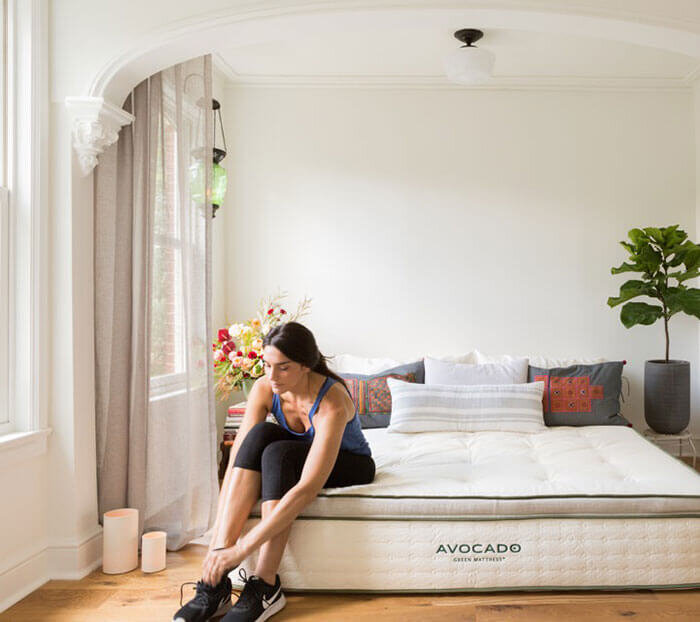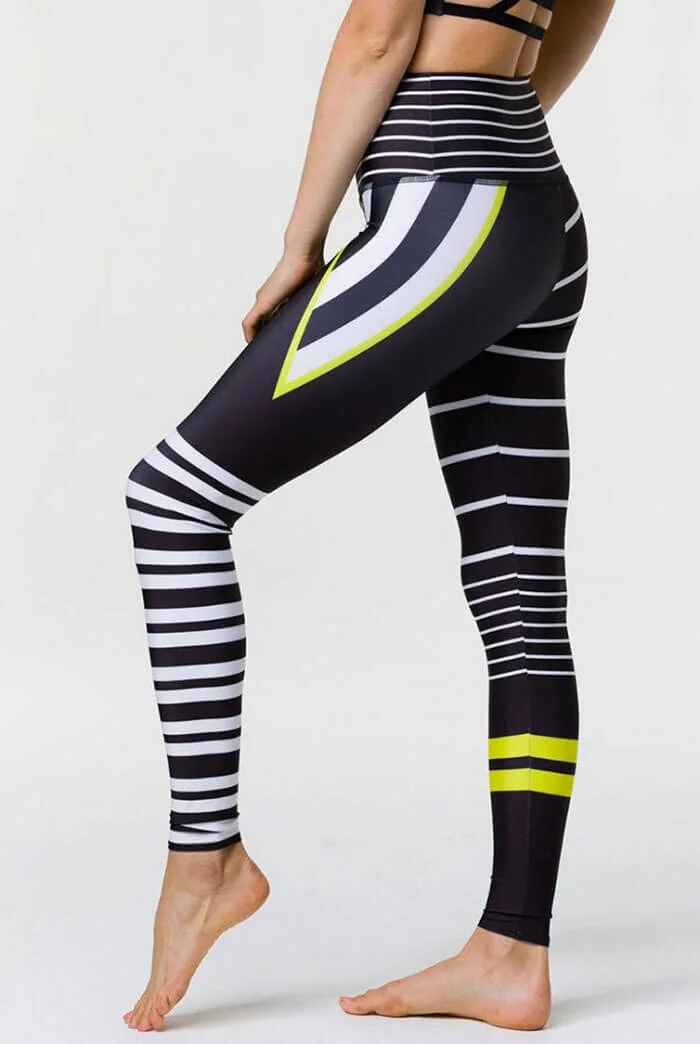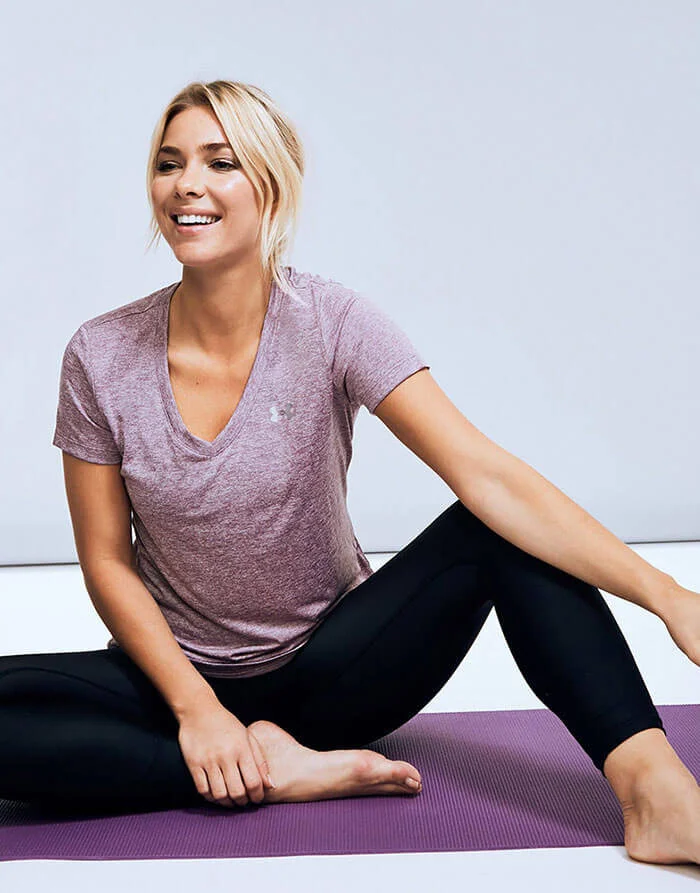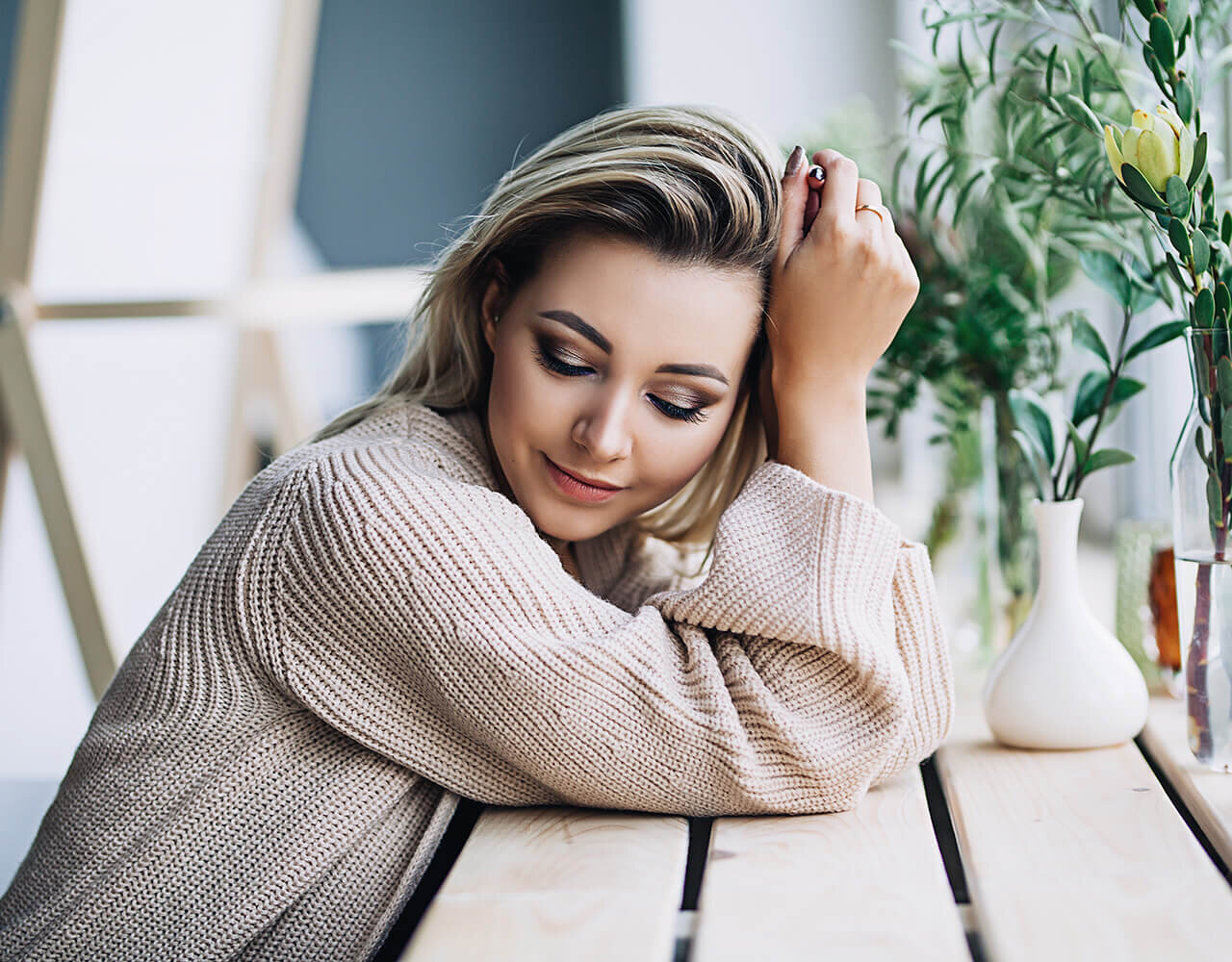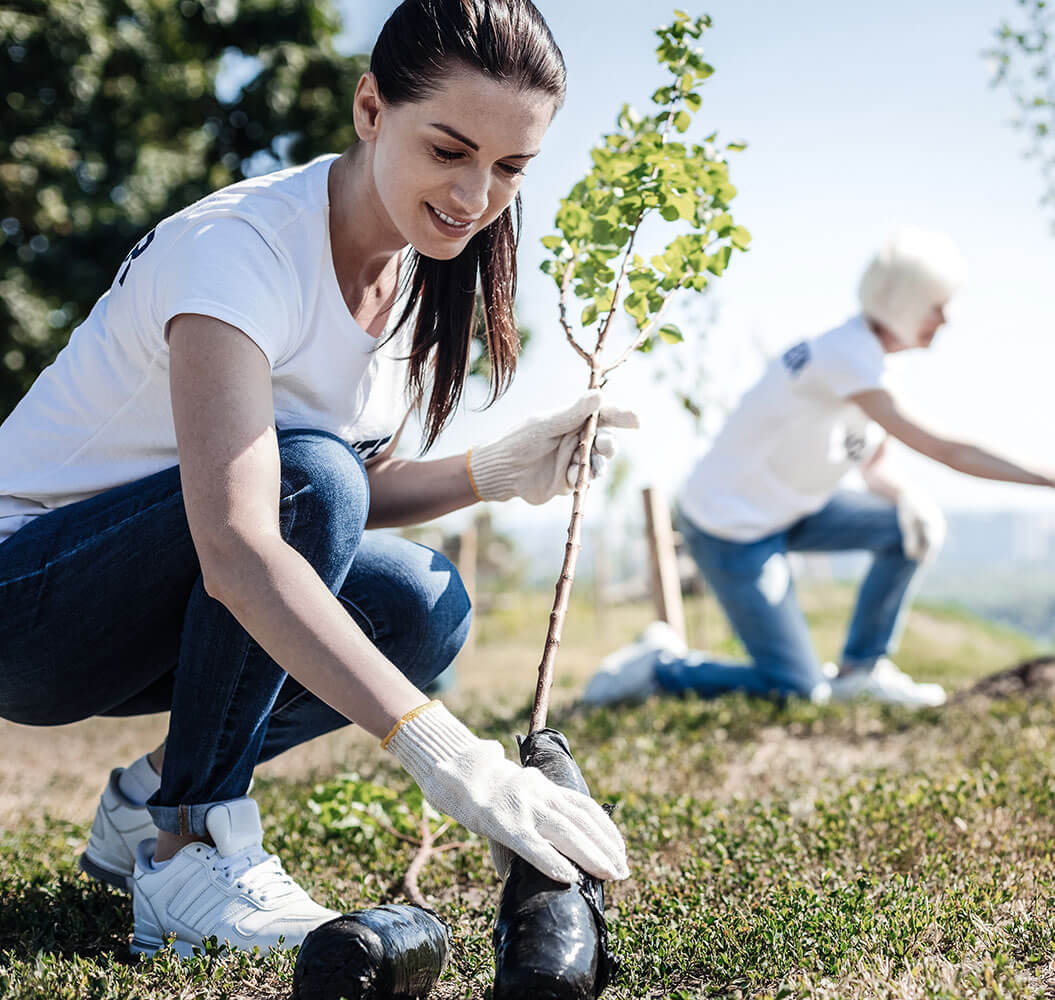Best Workout Routines For Better Sleep
How Being Active With A Daily Workout Routine Can Give You a Good Night’s Sleep
There are many benefits to adding physical activity to your daily routine. The Mayo Clinic has outlined some of these benefits. They include controlling weight naturally, fighting against disease, and improving your mood. But did you know that physical activity can also lead to better sleep?
You may think that being active will make you feel more awake and energized. However, research shows that exercising before going to sleep can help you to wind down and essentially wear you out, making it easier to fall asleep and stay asleep throughout the night.
Workout routines, even short ones at the end of a long day, can help to relieve stress naturally, release tension from aching muscles, and prepare your body to get some much needed rest. If you’re ready to build your daily pre-sleep workout routine, incorporate some of these activities into your day.
Cardio Exercise
Cardio Exercise
Cardio exercises are those activities that get you up and moving while increasing your heartrate and getting your blood flowing. There’s no need to fit an intense cardio workout into your schedule.
Your body will reap the benefits of even a short period of cardio activity. Start with a daily walk. Make time at the end of your work day to go for a brisk ten minute walk. Over time, build up your daily activity with a goal of reaching a minimum of 150 minutes of cardio activity each week.
If you can’t get outside for your exercise or you’re just looking for a short at-home workout to end your day, you can put together a quick and simple cardio routine. Try this set of exercises:
20 pushups
20 second plank
20 burpees
20 second left side plank
20 lunges
20 second right side plank
20 squats
Stretching
Move from one move to the next without a rest. Remember, you want to keep your heartrate up when completing a cardio session. When you finish your set, take a quick rest, then go through the list a second time.
For those who do better with guided exercising, try out a Jillian Michaels workout DVD. The world famous trainer provides short but effective workouts that will get your blood pumping.
Strength Training
Strength Training
Strength training, or resistance exercises, can make a huge impact on your ability to fall asleep and stay asleep throughout the night. Studies suggest that increasing strength training can help to reduce the likelihood of insomnia and other sleep issues. In this case, timing is everything.
Studies have shown that strength training, and more specifically lifting weights, in the morning can give you a burst of energy early in the day. After that, the body will naturally begin to get tired early in the evening and you’ll find it easier to fall asleep early. On the other hand, lifting weights in the evening has been shown to promote better rest throughout the night.
Resistance training can be especially helpful in older individuals who notice worsening quality in sleep as they age. A study published in the Journal of Sports Science Medicine showed that aging individuals noticed an improvement in their sleep, according to self-reported questionnaires when they incorporated these strength exercises into their daily routine.
Bench press
Leg press
Leg extension
Rowing
Shoulder press
Arm curl
In this particular study, participants were over the age of 60. With just these few exercises, including 10 to 12 reps per exercise, sleep quality noticeable improved. Similar results from a light strength training routine can help at any age.
If you’re just getting started, looking for a step by step instructional video that will help ensure that you’re doing each exercise correctly to avoid injury. Over time, you’ll notice toned muscle, improved stamina, and better sleep at night.
Yoga
Yoga
With a focus on slow movements and intentional breathing patterns, yoga is the perfect solution for releasing stress before going to bed. The National Health Interview Survey shows that over 55% of those who practice yoga find that it helps them with sleep. In addition, those surveyed said they felt stress relief and were motivated to live healthier lifestyles.
One of the most basic yoga moves is the Standing Forward Bend. To start, stand with your feet hip width apart. Inhale, and as you exhale, bend forward, folding your body in half. Feel your spine extend. Hold your elbows or let your hands reach toward the floor. Breathe deeply. Finally, roll up slowly until you’re standing straight.
Child’s Pose is the resting pose and one that will allow you to stretch and focus on your breath. Start by kneeling on your mat and bring your toes together. Keep your knees hip width apart as you lower your stomach toward your thighs. Let your hands rest at your sides or stretch them out in front of you. Stay in Child’s Pose while taking slow, deep breaths.
One more yoga pose for finding rest is Savasana, also known as Corpse Pose. For this pose, lie down on the mat and stretch your legs out, keeping your feet hip width apart. Leave your arms at your side with your palms facing up. Relax every muscle group, starting at your head and moving to your feet.
Yoga is a great addition to a workout routine for individuals of every fitness level. There are easy moves for beginners like those described above and, over time, you can build your skills to complete more complicated positions. To start, all you’ll need is a skilled instructor to show you the right way to complete each movement and a yoga mat to prevent slipping throughout your workout routine.
If you’re looking for a quality, organic yoga mat to help with your practice, consider these three options.
The Ajna Natural Jute Yoga Mat is made of vegan, organic materials that repel sweat. The safe and sustainable mat has a non-slip surface, allowing you to practice your yoga poses anywhere you want, inside or out.
The IUGA Eco Friendly Yoga Mat is made of safe and organic materials. Choose from a variety of colors and patterns to add some personality to your daily routine.
The Basically Perfect Cork Yoga Mat is, well, basically perfect. Whether you’re doing a few simple poses at home or venturing out to a hot yoga class, the natural cork mat will keep you comfortable and safe.
Pilates
Pilates
Rather than using sleep aids or just suffering through a bad night of sleep, take a more holistic approach like practicing Pilates for a natural sleep aid. Pilates is a low impact workout that strengthens muscles, improves flexibility, and can promote relaxation.
Because Pilates can be done with or without equipment, the choice is yours. You can take a group class at your local gym or choose the exercises you prefer and create your own routine at home.
According to an article from Self, written with the input of Pilates instructors and experts, there are five basic exercises that beginners will focus on when starting Pilates.
The Hundred – a breathing exercise the promotes strength and stability
The Roll Up – for stretching the spine and working the abs
Leg Circles – helping with balance and strengthening the core
Rolling Like a Ball – acting as a spine massage
Series of 5 – a set of moves focusing on the abs and back
These slow and intentional movements can be a great way to unwind and prepare for sleep. To begin, prepare your environment.
Turn down the lights, put on comfortable clothing like these organic cotton leggings from In Touch and these lightweight all natural non-slip socks from Tavi Noir. Throughout your routine, focus on your breathing and relaxing your muscles.
Stretching
proper stretches
Stretching can be the most relaxing part of your day if you focus on creating a routine of rituals and sticking with it each night. Stretching is meant to relieve tension in your muscles, but the routine of stretching at the end of the day can also help to relax your body and mind.
Benefits to stretching include preventing cramps that can wake you up during the night, relieving minor aches and pains, and refocusing your mind on relaxation rather than daily stressors.
Like a yoga routine, stretching offers the opportunity to focus on slow and deliberate movements and deep breaths. Try these simple but effective stretches before going to bed, to release tension and fall asleep easier.
Bear Hug – Stand straight up and elongate your body. Outstretch your arms on both sides, then wrap your arms around yourself. Hold the position for 30 seconds while taking deep breaths.
Forward Bend – Sit on the floor with your legs stretched out in front of you. Bend forward, reaching toward your toes. Tuck your chin in toward your chest.
Neck Rolls – Sit in a comfortable position. Gently lean your head to one side, putting your ear toward your shoulder, hold for five seconds. Repeat on the opposite side. Drop your chin toward your chest, hold for five seconds. Look straight ahead then turn your head to the left, hold for five seconds. Repeat on the opposite side.
Self-Massage
Self-Massage
It can be difficult to enjoy a restful night of sleep when your mind and body are feeling stress from a hectic day. Self-massage is one way to relieve that stress before falling asleep.
When you get stressed, it’s common to feel tightness and knots in your muscles. While going to a spa for a massage every night isn’t possible for most of us, self-massaging is an easy way to relieve muscle tension before falling asleep.
Foam rollers work by increasing blood flow in specific areas. Typically, foam rollers are used after a workout to help with muscle pain after exercise. However, they can be used any time to help with sore and aching muscles. These are a few options for foam rollers made of natural materials.
The Orbi 100% Natural Cork Foam Roller is designed for physical therapy and self-massage. Made of 100% eco-friendly and sustainable materials, the roller maintains its shape and offers a non-slip surface to prevent injury.
Made of eco-friendly materials, the Rolling With It Therapeutic Grade Foam Roller provides professional grade muscle relief. The high density foam will work out all of your knots.
The Gonex EVA Foam Roller gives the feeling of having a professional massage without leaving home. This roller comes in several colors and sizes, so you can find just the right fit.
Meditation
Meditation
Building a workout routine should involve more than just exercise for the body but should also include activity for the mind. It’s recommended that you spend at least 20 minutes meditating each day to reap the benefits of the mental exercise.
If you’re new to meditating, that might seem like a long time to sit still and stay silent. You can start small, setting a timer for just a few minutes, and slowly build up over time.
When meditating to promote healthier sleep, your surroundings are especially important. Be sure that your environment is calm, quiet, and peaceful. The key to meditation before going to sleep is to take away all distractions and clear your mind completely.
Many say that meditation is the greatest natural sleep aid, as it lowers the heart rate, encourages mindful breathing, and naturally encourages rest. If you find it difficult to sit in silence, guided meditation can be a great solution. Choose from many available guided mediation audio tracks to allow a soothing voice to talk you through the process of letting go of your stress and preparing for a great night’s sleep.
Exercise Your Body and Mind for the Best Sleep of Your Life
Whether you prefer sweating with friends in the gym or meditating alone in a dark quiet room, developing a workout routine for your body and mind will help promote healthy sleep. Find the best environment, products, and activities that work for your lifestyle and enjoy the restful, sleep filled nights you’ve been waiting for.
Jessica Lauren is Founder, contributing Author and Owner of Citrus Sleep. Citrus Sleep is an online publication that highlights brands, sleep products, women’s fashion, subscription services and ideas creating positive social change and promoting a healthy lifestyle. After spending nearly a decade working in PR and marketing for several brands and startups, Jessica knows what truly drives conversions, sold-out launches and guest posts.
Follow Jessica at @jessicalaurencs | Jessica Lauren


